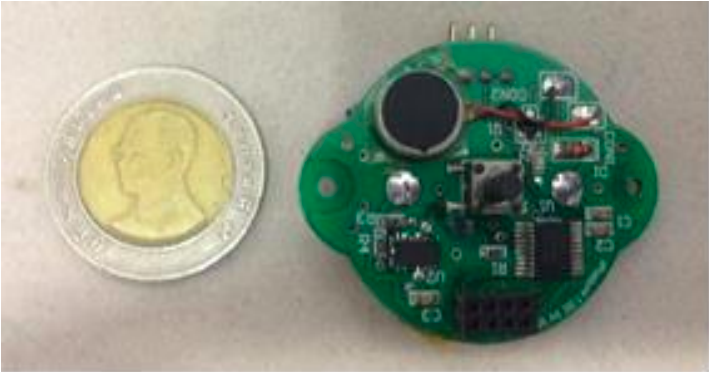
Multiple studies have suggested that some associations exist between occlusal factors and postural alterations. Objectives: This study aimed to evaluate the effectiveness of a vibrotactile posture trainer device, comprised a wearable device containing an accelerometer sensor to measure the angle of the neck flexion (input) and provided real-time vibrotactile biofeedback (output) for postural balance among patients with malocclusion. Methods: Twenty-four subjects were divided in 3 groups based on occlusion and using Angle’s classification. Each group consisted of 8 patients for class I, II and III malocclusion. The Posture Trainer System was used for feedback concerning neck flexion angles when higher than 15 degrees. A 4-week training program to adjust posture balance in 2 axes (flexion-extension, lateral-flexion) was applied in activities for daily living. The assessments in this study were comprised of neck flexion angles from the Posture Trainer System and the center of pressure (N∙m) using a force plate. The effects of a vibrotactile posture trainer (baseline vs. post-training test) were evaluated using the paired t-test and were assumed to be significant at p <0.05 (two-side). All analyses were conducted using the Statistical Package for Social Sciences, Version 21.0 (SPSS, Chicago, IL, USA). Results: Neck flexion angles and center of pressure significantly decreased post-training by the Posture Trainer System among patients with class II malocclusion. No changes in the above parameters post-training were found in class I and class III. Conclusion: The results demonstrated that patients with class II malocclusion training by the Posture Trainer System lowered neck flexion angles and COP compared with pre-training. Clinical Impact: Feedback by the Posture Trainer System can help improve the postural balance in class II malocclusion.

